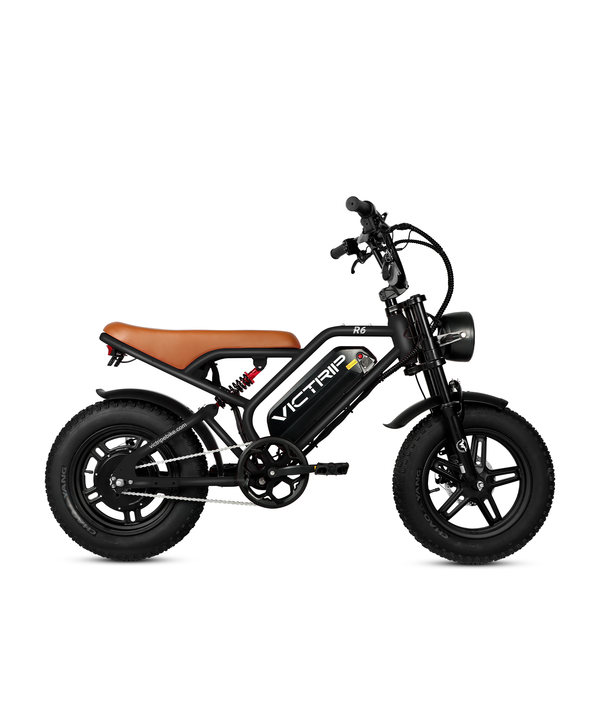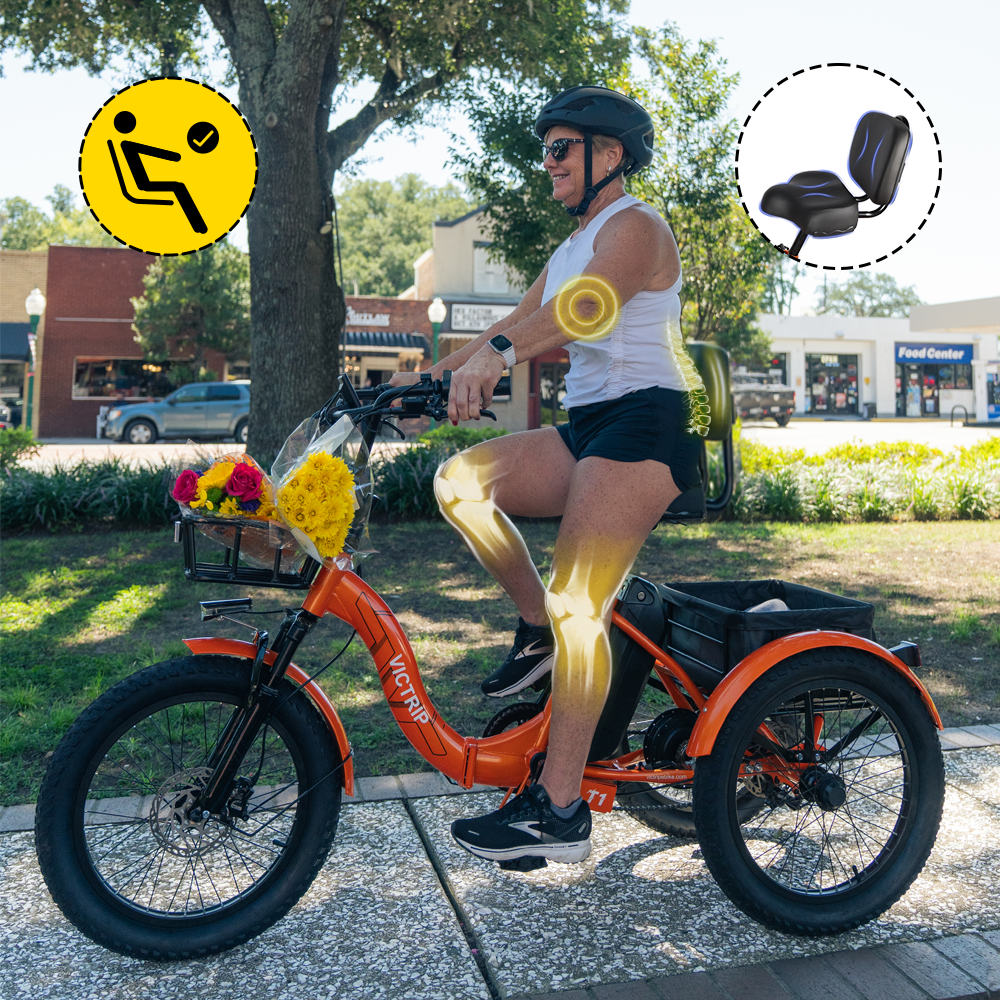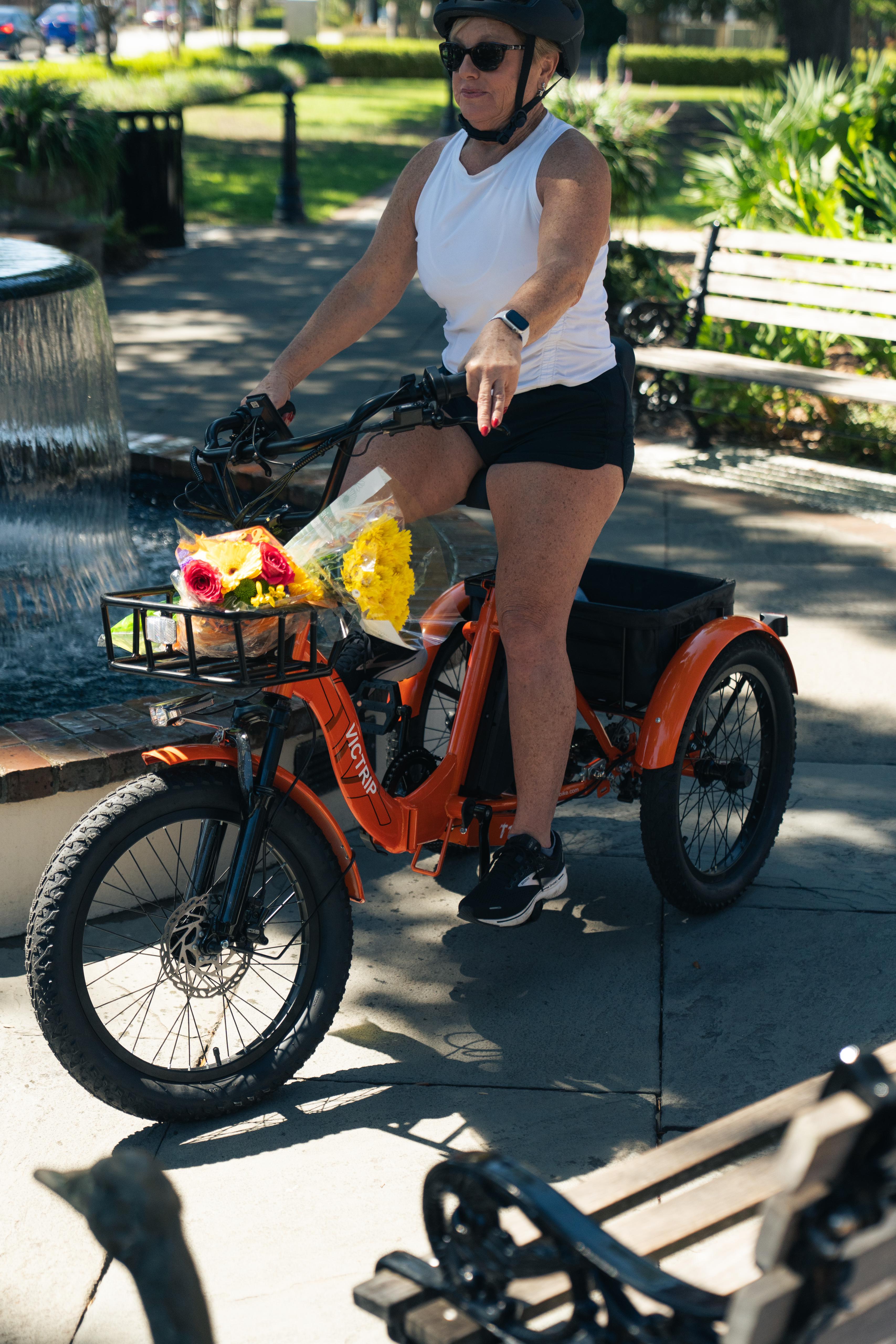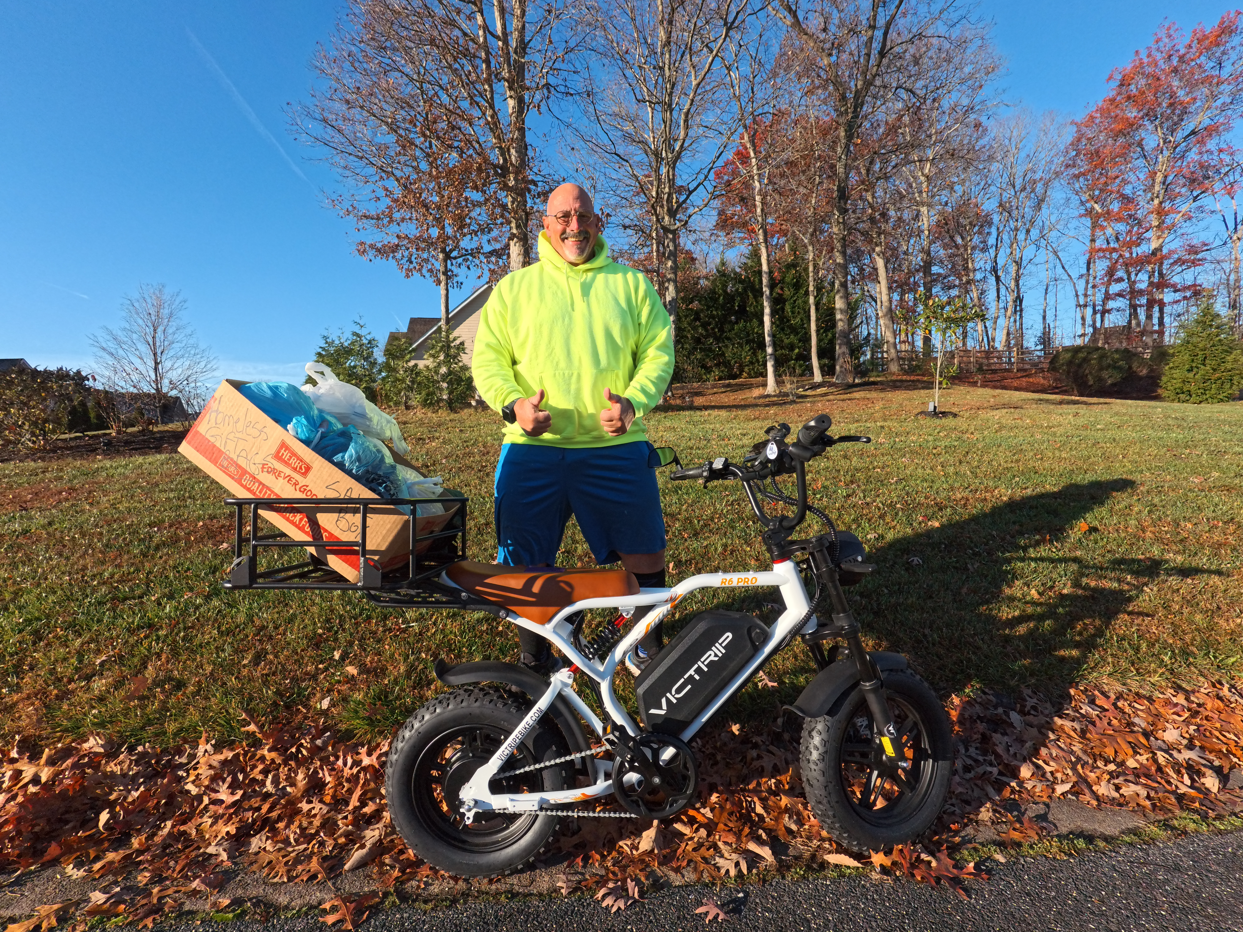
Wattage, in the context of electric bikes, refers to the power output of the motor. It’s the measurement of how much energy the motor can use to propel the bike. Simply put, a higher wattage means more force behind the wheels, which translates to faster acceleration, better hill climbing, and the ability to carry heavier loads.
But here’s the kicker: wattage isn't just about raw power—it also impacts your riding experience, battery life, and even legal status in some regions.
Why Wattage Matters in Electric Bikes
Whether you’re gliding through the city or climbing forest trails, wattage is a key player. Here's how it affects your ride:
-
Acceleration & Speed: Higher wattage = faster starts and higher top speeds.
-
Climbing Power: A 750W motor will climb hills with much less effort than a 250W one.
-
Cargo Capacity: If you're hauling groceries or gear, more wattage can handle the extra weight.
-
Battery Drain: Bigger motors draw more power, affecting how long your battery lasts.
-
Legal Restrictions: Many cities and countries limit motor power to 250W or 500W for street use.
Comparing the Three: 250W vs 500W vs 750W
| Feature | 250W | 500W | 750W |
|---|---|---|---|
| Speed Range | 15–20 mph | 20–25 mph | 25–28+ mph |
| Terrain Suitability | Flat city roads | City + mild hills | Hills, trails, rugged terrain |
| Legal Use | Legal in most countries | Legal in many regions | May require registration |
| Best For | Light riders, urban commutes | Average riders, mixed terrain | Heavy riders, steep terrain |
| Battery Life | Longest due to lower power use | Balanced | Shorter due to higher power draw |
250W eBikes: Lightweight and Legal
A 250W motor is the minimum standard for most electric bikes, especially in Europe and many urban centers worldwide. These eBikes are:
-
Perfect for city rides
-
Ideal for lightweight riders
-
Legal almost everywhere
-
Very battery-efficient
Drawback: They struggle on steep hills or under heavy loads. If you’re a heavier rider or carry cargo, 250W might feel underpowered.
If you’re based in Europe or a region with strict motor power regulations, the VICTRIP R5s Foldable eBike is a smart and stylish choice. Designed specifically to comply with European 250W legal standards, this eBike doesn’t compromise on features.
Key Features:
-
250W rear hub motor – legal and efficient for European streets
-
Up to 25 km/h (15.5 mph) top speed, meeting EU speed limits
-
Removable 48V 15Ah LG battery – long range with fast charging
-
Foldable design – perfect for apartments, trains, or compact storage
-
Dual suspension and fat tires – smooth riding on cobblestones or trails
-
Lightweight aluminum frame – easy to carry or load into a car
Whether you’re commuting in London, exploring Amsterdam, or cruising Berlin’s bike lanes, the VICTRIP R5s offers a legal, foldable, and power-efficient ride that perfectly balances portability, range, and style.
500W eBikes: Balanced Power and Performance
A 500W eBike strikes the middle ground. You’ll get more torque and higher speeds without the jump to 750W-level energy drain.
-
Great for mixed terrain
-
Ideal for riders 150–220 lbs
-
Moderately powerful hill climbers
-
Often street-legal in North America
It’s the sweet spot for many commuters who need speed and power, but not trail-dominating strength.
750W eBikes: High Power for Demanding Rides
Now we’re talking serious muscle. A 750W eBike can conquer hills, speed down trails, and carry large loads with ease.
-
Great for riders 200+ lbs
-
Perfect for mountain trails
-
Heavy-duty performance
-
May require license or registration
However, expect faster battery drain and possible legal restrictions, especially in Europe or city centers with wattage limits.
TOP PICK

VICTRIP®R6 Off Road Ebike
Legal Regulations by Wattage in Key Regions
| Region | Max Legal Wattage | Notes |
|---|---|---|
| USA | 750W (Class 1-3) | Class 3 often restricted to road use |
| Canada | 500W | Exceeding this may require license |
| EU & UK | 250W | Anything higher considered a motor vehicle |
| Australia | 250W | Must be pedal-assist to comply |
| New Zealand | 300W | Beyond that = moped classification |
Always check local laws before buying or importing a higher-wattage eBike.
Read More: Ebike Classes: The Difference Between Class 1, 2,& 3.
Speed Comparison: How Fast Do 250W, 500W, and 750W eBikes Go?
Speed is influenced by weight, terrain, wind, and motor type. Here's a general look:
-
250W: 15–20 mph
-
500W: 20–25 mph
-
750W: 25–28+ mph (some models exceed 30 mph off-road)
Note: Many bikes are speed-limited by software to stay street-legal.
VICTRIP R6 – Powerful 750W eBike
If you're leaning toward 750W, consider the VICTRIP R6. This robust eBike features:
-
A 750W rear hub motor with high torque
-
Up to 28 mph top speed
-
Removable 960Wh LG battery
-
Full suspension for comfort and off-road power
-
Fat tires for snow, sand, or trail versatility
Ideal for riders who want everything—speed, power, and rugged performance—in one package.
Hill Climbing & Terrain: Which Wattage Handles Slopes Best?
-
250W: Struggles on anything steeper than 10% grade
-
500W: Can manage moderate hills comfortably
-
750W: Easily handles steep, uneven, or off-road terrain
For hilly commutes or trail adventures, 750W gives you confidence and capability.
Battery Life vs Motor Wattage: Efficiency Breakdown
| Wattage | Avg Range (with 500Wh battery) | Efficiency Level |
|---|---|---|
| 250W | 40–60 miles | High |
| 500W | 30–45 miles | Moderate |
| 750W | 20–35 miles | Lower |
A 750W bike drains more juice per mile. If range is your top priority, go with a lower-wattage motor.
Rider Weight and Wattage Needs
Your body weight plays a huge role in wattage requirements:
-
<150 lbs: 250W is often enough
-
150–200 lbs: 500W recommended
-
200+ lbs or towing cargo: 750W preferred
The heavier the load, the harder the motor has to work.
Terrain & Use Case Matching: City, Trails, Commutes
| Use Case | Recommended Wattage |
|---|---|
| Urban commuting | 250W – 500W |
| Hilly suburbs | 500W – 750W |
| Mountain trails | 750W |
| Grocery runs | 500W – 750W |
| Long-range trips | 250W (with large battery pack) |
Which Wattage Is Right for You?
Here’s a quick decision checklist:
✅ You ride flat roads, live in the city, and value battery life → 250W
✅ You ride mixed terrain or want faster commutes → 500W
✅ You ride hilly terrain, carry loads, or crave performance → 750W
Conclusion
Choosing between 250W, 500W, and 750W eBikes boils down to your riding needs. From smooth city streets to steep mountain climbs, each wattage level has a purpose. Know your terrain, understand your legal limits, and match your power needs to the right motor.
If you’re craving power, performance, and versatility, the VICTRIP Ebikes might be your perfect ride.
FAQs
Is a 750W eBike legal in the US?
Yes, in most states. However, it might fall under Class 3 eBike laws, so be sure to check local traffic codes.
Can a 250W eBike go up hills?
Yes, but only mild ones. For steeper grades, you’ll need to pedal more or consider 500W+.
Will a 750W motor drain my battery faster?
Absolutely. Higher wattage = higher power draw. Opt for a bigger battery to balance it out.
Do heavier riders need more wattage?
Yes. The more weight the motor supports, the harder it works. 500W–750W is ideal for heavier or taller riders.
Are higher-wattage eBikes harder to control?
They can be. Extra torque means faster acceleration. Beginners should practice before riding full speed.




Share:
Full-Suspension vs Hardtail EBikes: Which Is Better?
What Is Pedal Assist (PAS) and How Does It Work?